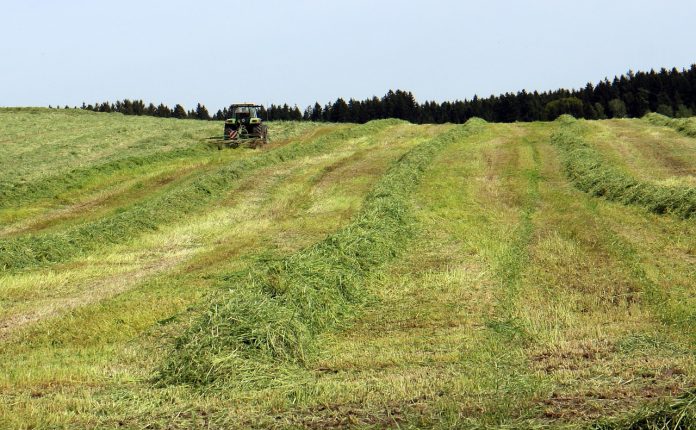The state of affairs for the dairy industry is constantly under different influences. The environmental pressures for maintaining soil fertility while minimizing the risk for contamination of waters of the state with the use of manure remain in the lens.
The future for a stable market for ones milk at a price that makes dairy farming a viable business for providing for ones’ family has been under recent threat.
The cost of production has been somewhat stable recently, but the low price for milk has resulted in tight margins.
The social license for producing milk has been framed around the desires of some consumers for local food, knowledge of production practices, and limited or no use of genetically modified organizations.
Industry changes
With the growing, yet demographically changing, population; increased standard of living for purchases of more preferred food choices; and increasing production per cow, the opportunities for meeting the public needs/wants exit, but it may mean changes in the dairy farming system from what is regarded as “typical” today.
Dr. Neal Martin at the USDA Forage Center in Madison, Wisconsin, and some of his colleagues from around the U.S. published a paper in the most recent issue of the Journal of Dairy Science, Sustainable Forage and Grain Crop Production for the US Dairy Industry.
The authors recognize that the structural changes in the dairy industry have resulted in a concentration of milk production on fewer farms with less directly owned land base per cow.
Despite fairly constant dairy cattle numbers in the US, land use for crop production on dairy farms declined by 65 percent between 1974 and 2012, with the majority of this decline arising from reductions in harvested cropland (42 percent), followed by pasture (19 percent).
Crop adjustments
Corn (for silage and grain) is the primary crop on dairy farms, and alfalfa is the second most common forage.
Distillers grains is the most common grain by-product fed, and corn gluten feed, cottonseed, soybean meal, and canola meal follow with similar inclusion levels.
Although feeding levels of some of these feeds are driven by economics, increased excretion of certain nutrients can occur that increase risk to the environment.
Climatic changes, temperature, and precipitation can have adverse effects on crop production and water availability for livestock, especially at risk in the western and southwestern sections of the U.S.
Some of these influences are already causing regional shifts in dairy farming. It was suggested that cropland management must take into consideration clean water, biodiversity benefits, climate stabilization and long-term soil fertility.
In the short term, practices such as cover cropping or intercropping may help improve the ecosystem, especially in reducing nitrogen losses and increasing carbon sequestration.
It is acknowledged that perennial crops reduce the risk for water and wind erosion more than annual or cover crops. If the practice of use of more perennial crops was pursued, then acreage of corn would decline.
Also, the composition of crops and their digestibility affect the composition and amount of manure.
Digestion focus
Much focus has been placed on yield of agronomic crops in the past, and although this remains important, the improvement in feed digestibility has increased in importance to improve animal performance and reduce manure output.
Thus, selection criteria for forage crops will need to expand beyond the current focus on dairy cattle productivity to encompass environmental impacts of growing, harvesting, and storing forages, as well as forage effects on manure chemistry and subsequent effects on soil nutrient cycles and the environment.
Continued research will focus on grain genetics and processing methods that enhance starch digestibility when fed to dairy cattle.
The authors described three main challenges to the sustainability of forage and crop production for dairy farms, specifically the availability of cropland, availability of water and lack of diversity in crop rotations.
They also note that sustainable forage and grain cropping systems for dairy production will need to be more resilient than at present, as only then can the industry proactively respond to economic, environmental, social and regulatory drivers.













